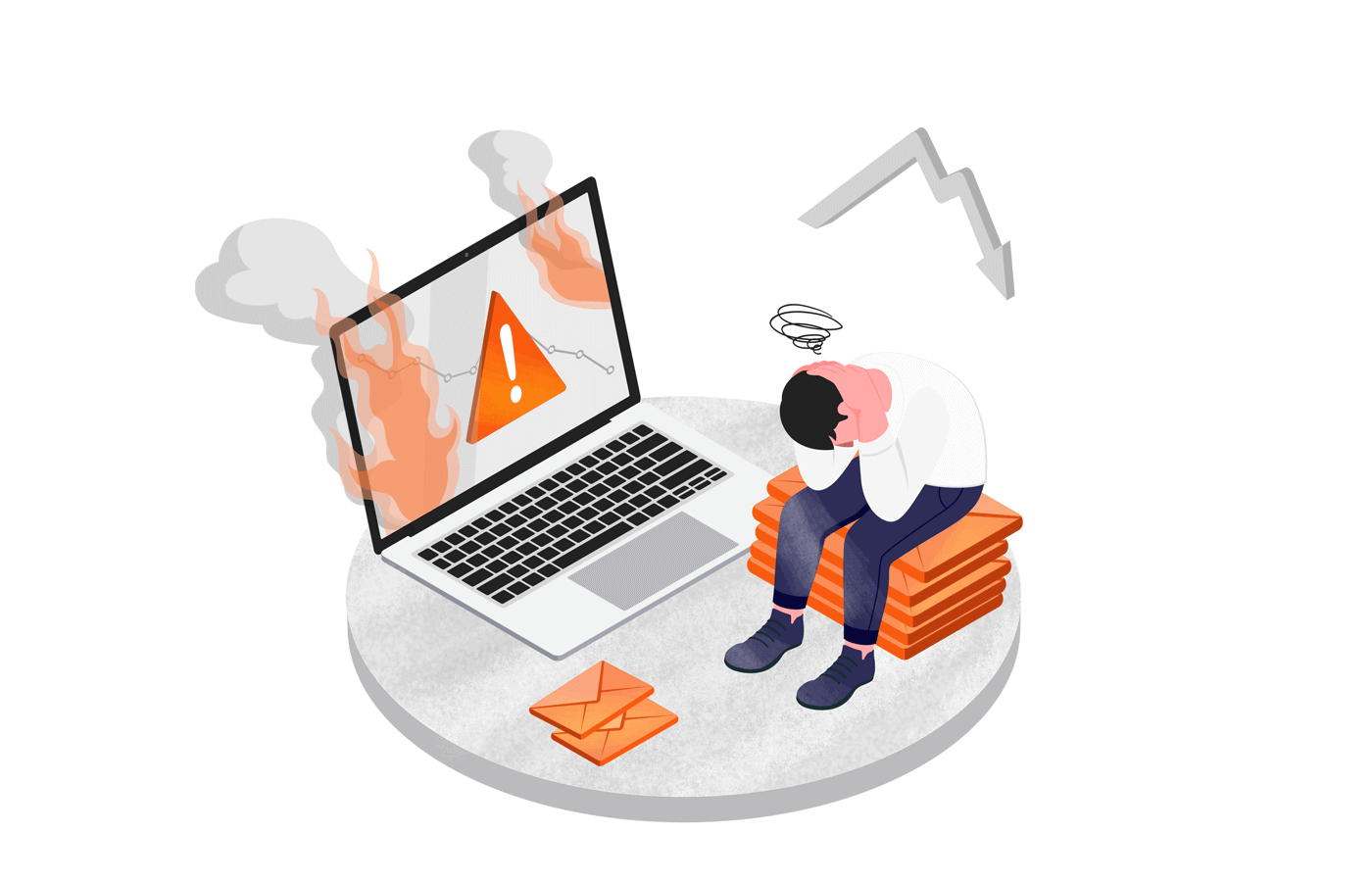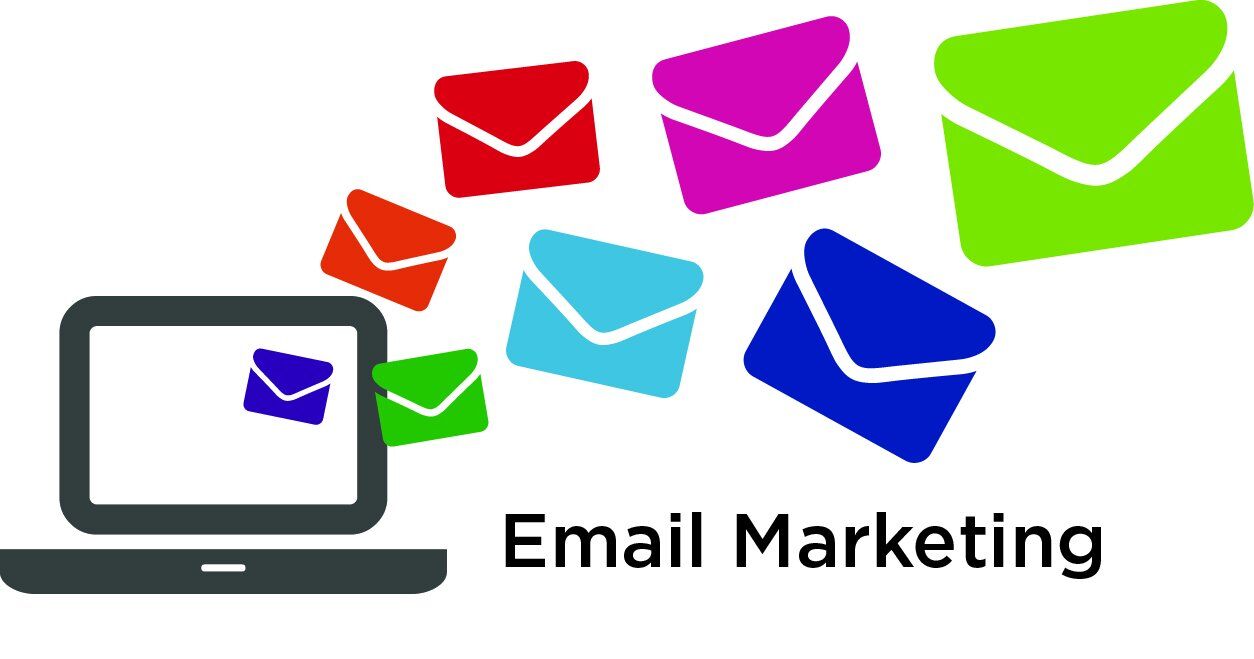Could something as simple as email help a city rise again? That’s exactly what Andy Didorosi is showing through his work with The Detroit Bus Company.
Detroit has faced major challenges in recent decades. A shrinking population, economic collapse in 2008, and a struggling public transit system left the city in crisis. Plans for a light rail fell apart just as funding cuts hit, leaving residents with few transportation options. That’s when Didorosi, a Detroit native and transportation enthusiast, stepped in with a grassroots solution.
A Local Idea Gains Momentum
In 2012, he launched The Detroit Bus Company (DBC) with a small fleet of biofuel-powered, brightly painted buses. These vehicles serve a variety of functions—from weddings and nightlife to guided city tours focused on history or local breweries. But DBC is more than a business. Through its Youth Transit Alliance, the company provides free rides for kids in underserved areas to reach after-school programs.
“We’re a social enterprise that provides free or low-cost rides to folks in Detroit,” Andy says. “It’s a little bit like TOMS, but with buses.”
Email Keeps Riders and Supporters Connected
As the company grew, email marketing became critical. Didorosi manages all of DBC’s email and social media efforts himself, relying on Mailchimp to stay connected with the community.
“Email is totally the underdog right now. Everyone’s focused on Facebook, but email is this quiet little monster of marketing,” he says. “We send thoughtful letters, and people respond with their own stories and encouragement.”
Campaigns have included year-end reports, feedback surveys, and fundraising appeals. Didorosi also uses Mailchimp Snap to send quick, image-based updates—a natural fit for someone constantly in motion.
A Two-Way Conversation That Drives Results
By sharing historic and present-day photos of Detroit, DBC has built an emotional connection with readers. “It’s a little bit of joy in their daily email check-up that makes all the difference,” Andy notes.
When the company needed help funding the Youth Transit Alliance, they turned to their email list. With one message, they reached thousands of people who had already been inspired by their work. The response was immediate and generous.
“There’s no other way we can touch 5,000-plus people in an instant,” Andy says. “We keep our messages intentional and relevant so people stay engaged. I just want to keep improving the content to delight them even more.”




